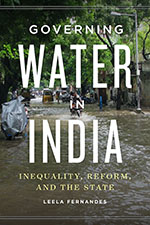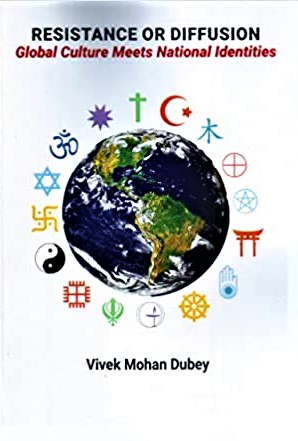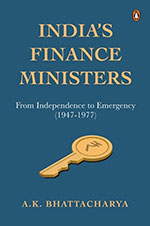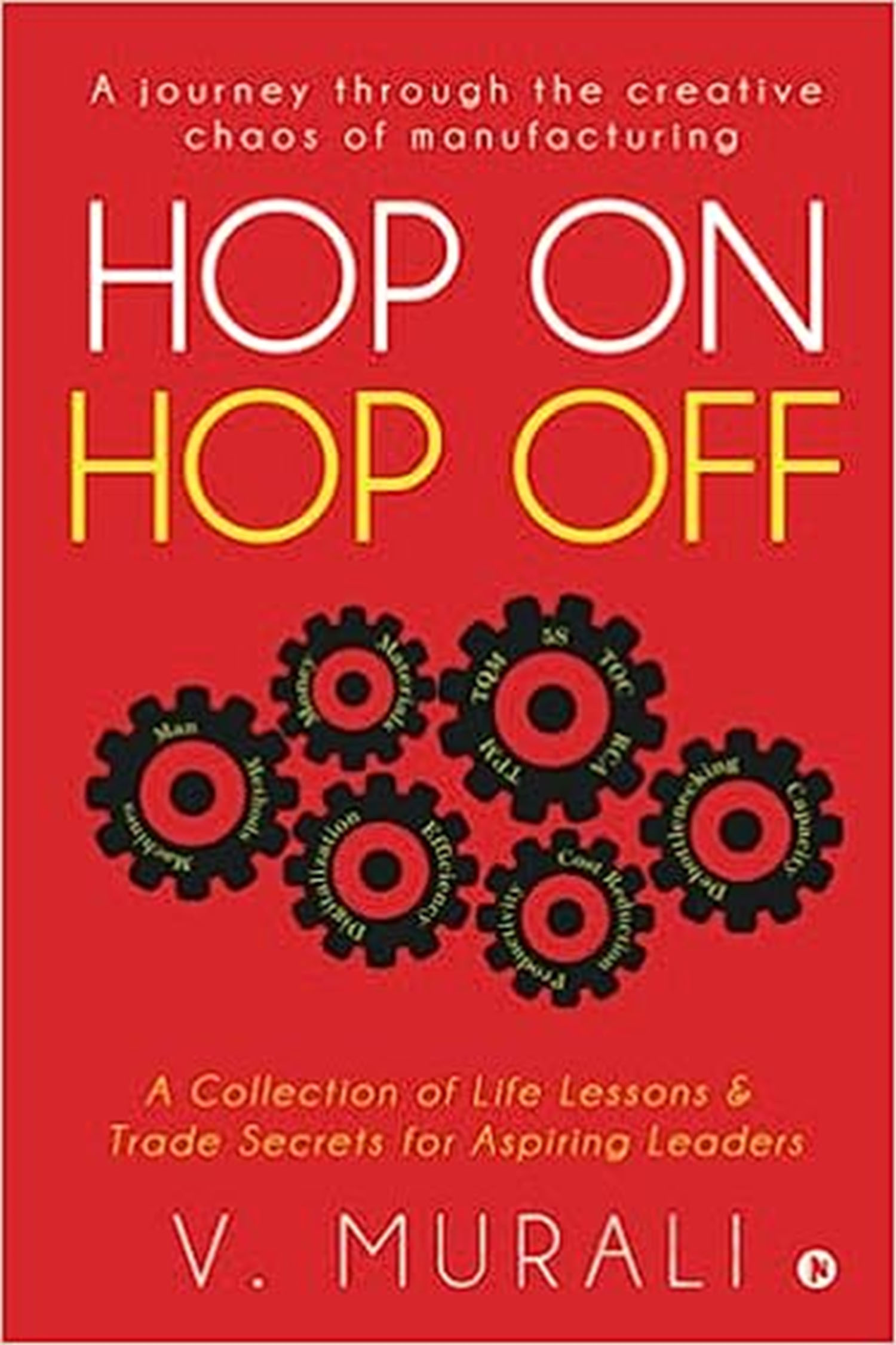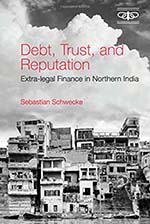Economics
The author provides a detailed account of her field-work methodology and the challenges faced by her while traversing across borders. Her analysis is divided into ‘two geographic comparisons of contiguous regions in specific time periods’
The key argument of this thought-provoking book is that although the Indian economy is growing, yet its impact is seen to be very uneven
Productivity. Input costs. Support Price. Policies.Investment.Risk. Capital. Market.Insurance.Credit. These have been and continue to be the key lexicons with which India’s agriculture and its economics are articulated and represented. This volume, a collection of essays from varied authors
Chennai saw the flood of the century in 2015, which claimed more than five hundred lives. Four years later, the city hit ‘day zero’, where all the city’s reservoirs dried, and 11.2 million residents had no water.
The book opens with an introduction that discusses the theoretical underpinnings and contestation about cultural globalization and whether it tends to erode the identities and culture of societies or not. Vivek Mohan Dubey starts the theoretical discussion with the ‘Traditional School of Thought’
The book provides a commentary on the relevance of the growing numbers of free trade agreements among different countries in the global economy, with a special reference to India. FTAs have a lot of significance for India. This is not only when India participates in such arrangements with one or the other trade partners but also without direct participation.
Being a highly experienced journalist who covered the Finance Ministry for close to three decades, AKB has also been able to focus on the key events of each tenure which shape our recollections and perceptions of the tenure. This releases the book from the tyranny of the ‘one-damned-thing-after-another’ school of history.
V Murali is a veteran who has spent his entire career in manufacturing, dabbling across various roles, and mastering a critical few, which have shaped him into a leader with a proven track record of a string of successes in business. Here, in the book Hop on Hop off, which comes across as his professional journal, he shares the recipe of those successes, from which scores of manufacturing professionals can draw vital lessons on making a turnaround when necessary.
This book is about Geo-Economics (the intersection of economic and geo-political objectives) and self-confessedly examines issues from a Euro-centric, or even at times, from a narrower Anglo-American perspective. It examines what, from this perspective, is the central question which bedevils global policy today: ‘How can liberal democracies maintain their values even as they find themselves interdependent with powers whose traditions and attitudes stand at odds with their own?’
This book is the story of India’s monetary policy and its economic dilemmas written by a true savant and patriot who had to deal with a whole lot of crises. Dr Chakravarty Rangarajan, until his retirement in 2014, at the age of 82, devoted his entire life to serving the country in one capacity or another. He has been Deputy Governor at the Reserve Bank of India, member of the now abolished Planning Commission, then RBI Governor, the Governor of erstwhile Andhra Pradesh, and Chairman of the Prime Minister’s Economic Advisory Council. He is currently the Chairman of the Madras School of Economics.
The history of welfare provision in post-Independent India has been replete with stories of failure and leakages. Almost every public welfare programme will throw up a side story on how only a fraction of the largesse has reached the intended beneficiaries. India is known for, what Jean Dreze calls, the ‘percentage system’ under which a fixed part of the money is siphoned off as bribe by a wide range of intermediaries across the system.
The popular image of the village moneylender is often that of a rapacious scoundrel who impoverishes people by lending money at exorbitant rates, a monopolist who retards the development of free market forces, someone who needs to be eliminated in the name of progress. This line has been propagated both by the government (right from the colonial times through enactments such as the Usurious Loans Act) and the Reserve Bank of India.
Around the time India became independent, almost everybody who was anybody within the country agreed, or at least pretended to, that India’s economic development required a strong dose of centralized economic planning. Big Business wanted planning to provide import protection and Keynesian demand management, even some redistribution to ward off Communism.
This racy, jargon-free yet well researched book, interspersed with interesting anecdotes and illuminating facts, demonstrates quite convincingly how foreign talent that found a welcoming environment in the US has transformed American society in general and its science and engineering in particular. It is the author’s contention that recent happenings in the US, particularly the hostility against immigrants, consequent to growing inequality within the US and across the globe.
Aulakh and Kelly provide readers with a brilliant conceptual framework to situate the themes of interdependent capital and labour mobilities. The choice of Asia is dictated by the latter’s phenomenal economic growth in the last couple of decades, it being both the source and destination of significant new migration corridors, as well as its distinctive institutional arrangements created to regulate these mobilities. Besides mapping the standard forms of capital mobility, the authors emphasize the significant role that remittances play in economic development at both local and national levels in the countries of origin of Asian migrants.




